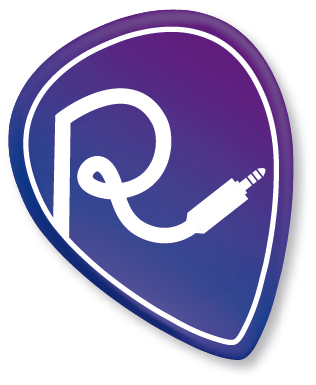Music and dance have always been intimately connected, and the relationship between the two art forms goes back centuries. In fact, music and dance have been intertwined for so long that it is difficult to separate them. In this article, we will explore the connection between music and dance and how they influence each other.
Music and dance are both forms of expression that allow us to convey emotions, feelings, and ideas. Music provides the rhythm, melody, and harmony that dance can be choreographed to, and dance adds a visual element to the music. When music and dance are combined, they create a powerful medium of communication that transcends language and cultural barriers.
Music provides the inspiration and motivation for dance. It sets the tempo, rhythm, and mood for the dance, and helps the dancers to synchronize their movements with the music. Music can be used to express different emotions, and dancers can use their movements to interpret the music and convey those emotions to the audience.
Dance, in turn, can inspire and influence music. Choreographers often work closely with musicians to create music that complements their dance routines. For example, a choreographer may create a dance routine that emphasizes the rhythm of the music, and the musician may adjust the tempo or add a new instrument to enhance the dance routine.
Music and dance also have a shared history, with many dances being created specifically for certain types of music. For example, the tango was created in Argentina in the late 19th century and was originally danced to a type of music called the “orquesta tipica,” which consisted of a bandoneon, violin, piano, and bass. Similarly, salsa music was developed in the Caribbean and Latin America and is often danced to a style of dance called salsa.
Music and dance have also been used throughout history for religious, social, and cultural purposes. For example, many African cultures have traditional dances that are performed during religious ceremonies or celebrations, and these dances often have specific rhythms and movements that are closely tied to the music.
In conclusion, the connection between music and dance is deep and multifaceted. They are both forms of artistic expression that complement each other and are closely intertwined. When music and dance are combined, they create a powerful medium that can express emotions, ideas, and cultural traditions. Whether it is a traditional dance performed during a religious ceremony or a contemporary dance performed to pop music, the connection between music and dance will always be present and continue to inspire generations of artists and performers.

Comments